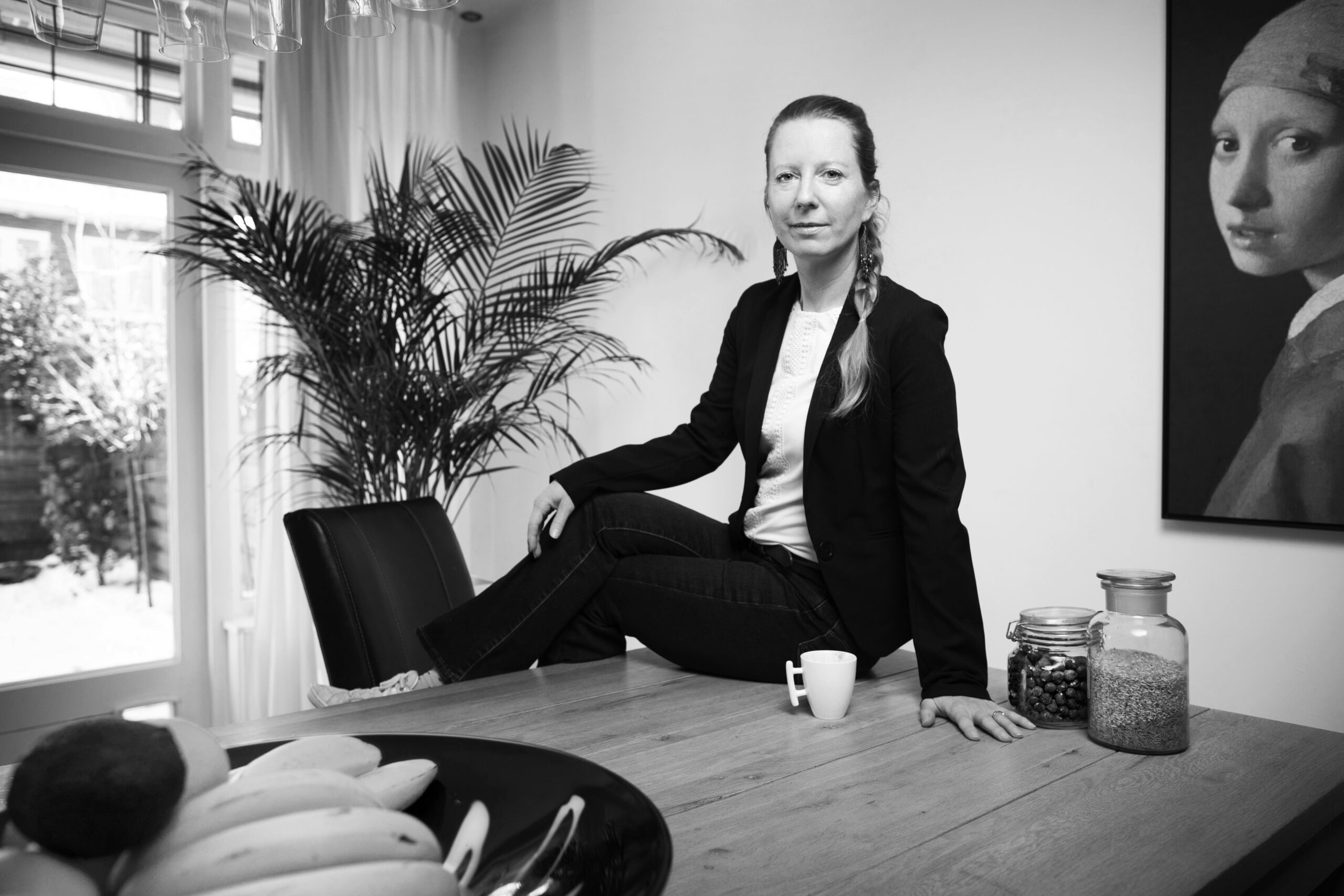Text: Marianne Wilschut
Everyday products such as coffee, chocolate, sugar, and even fish and fruit leave a bad taste behind because of the likelihood that people have been exploited to produce them. Birgit de Vos studies human rights abuses in the food supply chain. She developed a tool for identifying risks and abuses.
I gather there’s a lot of injustice on our plates. What goes wrong?
‘Many of the products we consume daily, such as coffee, chocolate, nuts, spices, sugar, palm oil and rice, come from countries where there is a strong risk of the production involving child labour, or where matters such as safety, minimum wages, working hours and union rights are not regulated or are not well adhered to. And forced labour – modern slavery – is common too. According to the United Nations’ International Labour Organization, more than 16 million people are victims of forced labour in the private sector.’
Where are these problems concentrated?
‘They are everywhere, from Africa and Asia to Latin America, and in south-eastern Europe as well. However, there are differences between countries and between sectors. There is a lot of child labour in the cocoa sector, for instance. In Ghana, 55 per cent of the small-scale cocoa farmers have to make use of their children’s labour. Most of those children work with pesticides, machetes and other dangerous tools without any protective clothing. Agriculture is one of the sectors where the risk of exploitation is greatest.’
Why do these abuses mainly occur in agriculture?
‘Agriculture is an informal sector, and a lot of children work on their parents’ land. It is also a labour-intensive sector in which not many labourers have a permanent contract. There is a lot of seasonal labour, for which mainly temporary workers, often internal and foreign migrants, are hired without a contract. They work long hours under dangerous conditions.’
And yet there are all sorts of fair-trade labels. Don’t they help?
‘To meet the label’s standards, farmers must invest, and those investments are often too high for them. They get into debt or fail to meet the criteria. Monitoring is often lacking. Another point is that even with the certificate, companies often pay hardly any more for the product. A certificate might give you a purchase guarantee for the future, but if you need food on your plate tomorrow, you will benefit more from a higher price, access to supportive credit conditions, and health insurance.’
Is it all gloom and doom?
‘There are companies that are prepared to pay the farmers a premium themselves. One example is Tony Chocolonely. On the whole, smaller companies with a shorter supply chain and a single type of product, such as chocolate, coffee or bananas, are more willing to pay extra. Where there are many different products and middlemen involved, a higher price is not often on the table because of the competitive market in which they operate. Sadly, I still see a lot of gesture politics there, and yet those kinds of companies could have a big impact. They join a round table or sign an agreement and carry out a few pilot projects here or there, but it’s a drop in the ocean. For example, Unilever recently made a statement about a living wage for their direct suppliers. Good as far as it goes, but what is really essential is that all the indirect suppliers are included, because they are usually the poorest and most vulnerable, such as small-scale farmers and agricultural labourers.
Reducing the risk of modern slavery in the supply chain starts with knowing who all the suppliers are, including the subcontractors.´
Once you know where the big risks lie, you it can set up targeted programmes to reduce them
Does your tool make a supply chain more transparent?
‘Absolutely. The Wageningen Humanity Views that my colleagues at Wageningen Economic Research and I have developed is an interactive world map on which users can click on countries and products. It is a risk analysis for companies. We give a human rights score per country and per sector. We also distinguish between regions. In Brazil, India and Mexico, for example, there are big differences between regions in terms of decent labour conditions. Once a company knows where the big risks lie, it can set up targeted programmes to reduce them. Or it might decide to change its sourcing policy. This tool makes it easier to set priorities.’
Have companies shown any interest yet?
‘The scan was developed for Olam, a major international player in the cultivation, trading and processing of agricultural products. But it could be used more broadly by companies, governments and NGOs, in fact by anyone who purchases coffee, cocoa, sugar, nuts, rubber, rice, cotton, dairy produce, chicken, timber and palm oil.’
So this problem arises mainly in the agriculture and food sector, supremely Wageningen themes. Does Wageningen pay enough attention to human rights?
‘There is some action, but still not very much. I’m in a WUR-wide working group, which includes colleagues from Facilities and Services, looking at how we can make sure that WUR does not itself make use of modern slavery. You have to think in terms of the sourcing of fair-trade lab coats, electronics and food. That is the least we can do. Wageningen claims to stand for sustainability, but that is expressed primarily in research on boosting production and making it more efficient, responsible pesticide use, and combatting deforestation and food waste. There is not much attention to labour conditions, whereas human rights are surely very important if you’re talking about sustainability in agriculture.’

 Birgit de Vos. Photo: Harmen de Jong
Birgit de Vos. Photo: Harmen de Jong